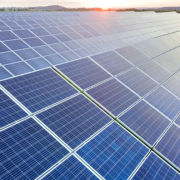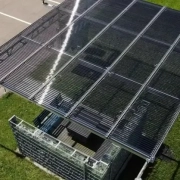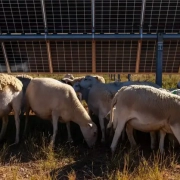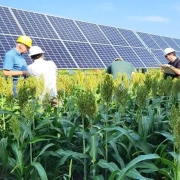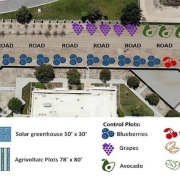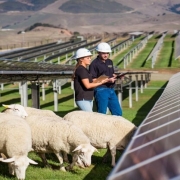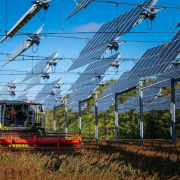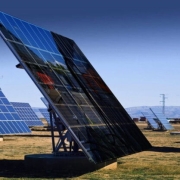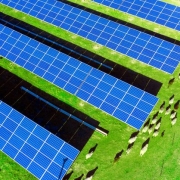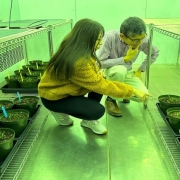A huge solar farm that has been approved in Ohio could be the paradigm for similar ones moving forward.
The Oak Run Solar Project on 6,000 acres in Madison County will be able to serve the grid with enough electricity to power 170,000 homes.
The most impressive part about the billion-dollar effort is how developers are designing the massive system to include agriculture — a concept called agrivoltaics. It’s part of the work to maximize sun-catching, as well as to gain support from Madison’s robust farming community, according to Electrek and the project’s website.
Click here to read the full article
Source: The Cool Down
—
If you have any questions or thoughts about the topic, feel free to contact us here or leave a comment below.

